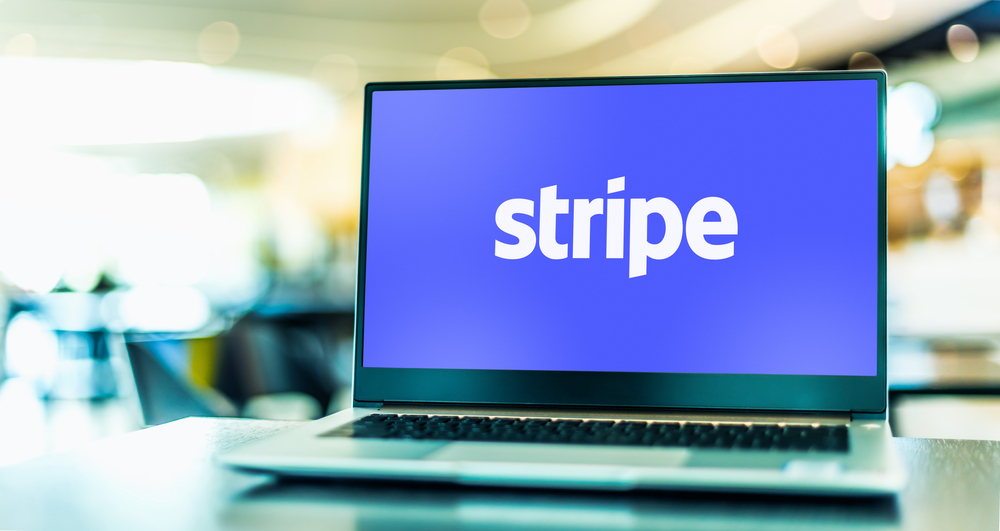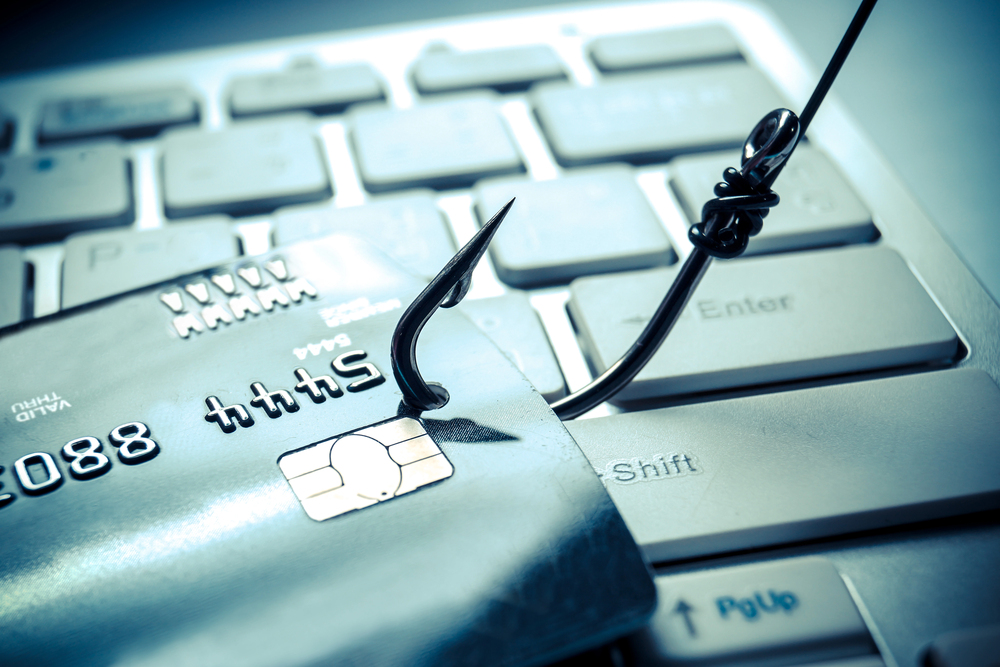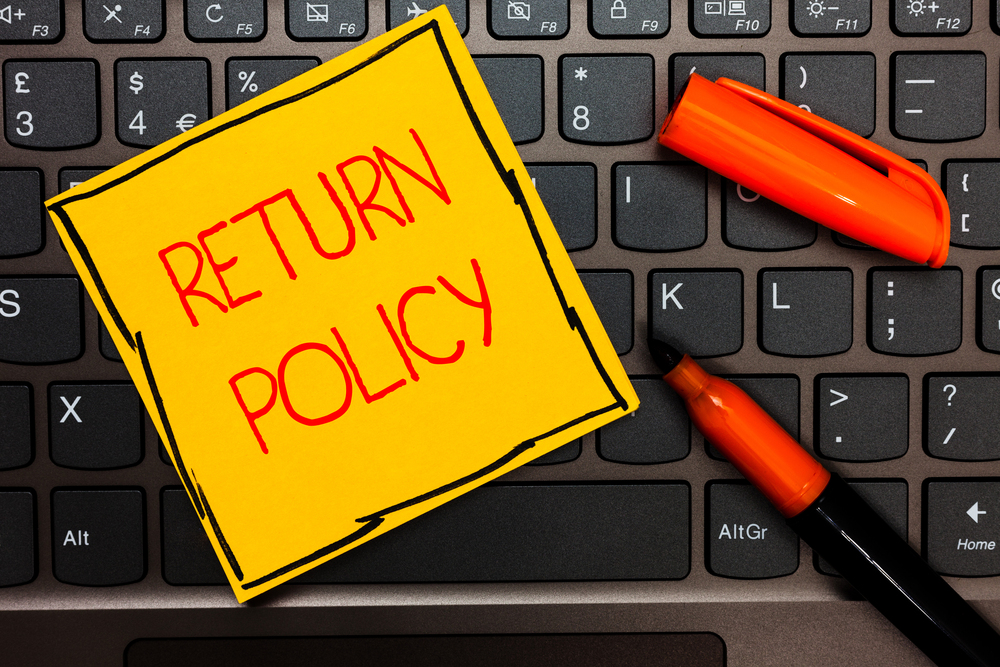
Protect Your Revenue with These 3 Q1 Chargeback Prevention Strategies
Jan 3, 2024 3 minutes
Let’s talk about a not-so-fun part of post-holiday business: chargebacks. You know the drill—Q4 comes around, sales go through the roof thanks to the holiday rush and those irresistible sales events. But as the confetti settles, Q1 brings a less celebrated trend: a spike in returns, refunds, and the dreaded chargebacks. It’s like the financial hangover after a great party.
Now, we’ve got to face the music: while we can’t completely eliminate chargebacks (wouldn’t that be nice?), we can certainly outsmart most of them. And believe me, prevention is way better than cure in this case. Not only is it less costly, but it also keeps your relationship with your payment processor, bank, and merchant account provider on good terms. Nobody wants to be that merchant constantly wrangling with chargebacks, right?

Get to know chargebacks.
Understanding Chargebacks
Alright, let’s get down to business and demystify chargebacks. Think of chargebacks as a safety net for customers, but sometimes, they can feel more like a tightrope for us, the merchants.
Essentially, a chargeback is what happens when a customer disputes a charge from your small business on their credit card statement. It’s like a refund, but with extra steps and a bit more headache.
Why do chargebacks happen?
They’re like uninvited guests at a party—sometimes they’re there for a good reason, like if a customer genuinely didn’t receive what they paid for, or they were billed incorrectly. That’s fair play.
But there are a few types of chargebacks: criminal fraud, friendly fraud, and merchant error.
Criminal fraud happens when a customer’s credit card was stolen or if they see a fraudulent transaction.
Friendly fraud—a bit of an oxymoron, right?—happens when a customer makes a purchase and then disputes it even though everything was on the up and up. It’s a growing issue in ecommerce, and trust me, it’s not very friendly to your bottom line.
Merchant error is when there is a refund error or a duplicate charge or if the customer was charged the incorrect amount.
Understanding the ‘why’ behind chargebacks is crucial. It can be anything from a simple merchant error, like a mix-up in billing, to more complex issues like fraud or unclear product descriptions.
And remember, each credit card network, whether it’s Visa, Mastercard, or another, has its own set of rules and reason codes for chargebacks. It’s like learning a new language, but it’s worth it to protect your business.
How do chargebacks affect my business?
Here’s the kicker: chargeback fraud can do more than just dent your revenue. They can affect your reputation with banks and payment processors. Too many chargebacks, and you might find yourself labeled even higher risk, which is kind of like having a bad credit score in the business world. Not fun.
Chargebacks also always come with a fee. You pay that fee whether you win in the chargeback process or lose. So either way, you pay. This is why mitigation is better than management. You can drown in lost revenue from chargeback fees, no matter your success rate.
High chargeback rate? Let us help!

3 simple, cost-effective ways to prevent chargebacks.
3 Best Chargeback Prevention Methods
Alright, folks, it’s game time! Let’s dive into the playbook of chargeback prevention. These strategies are like your business’s defensive line against chargebacks. Ready? Let’s break it down:
Tweaking Your Payment Gateway Settings
Your payment gateway isn’t just a tool for transactions; it’s your first line of defense. Dive into those settings and make them work for you.
You can enable features like Address Verification Service (AVS) and require the Card Verification Value (CVV) for transactions. But there are even more advanced features you can enable, like limits on transaction attempts with the same credit card, blocking certain regions, or installing plugins that check the cardholder’s number is valid before the customer is allowed to hit “submit”.
It’s like putting a sturdy lock on your front door – simple, but effective.
Embracing 3D Secure
Imagine a digital bouncer for your transactions. That’s 3D Secure. It adds an extra layer of authentication at checkout or point of sale, making sure the person making the purchase is the real cardholder.
Yes, it adds an extra step for customers, but it’s a small price to pay for significantly reducing the risk of chargebacks due to fraud.
It’s also required if you’re selling to the European market (including UK), so you really shouldn’t pass this one up.
Utilizing Alerts Services
Think of alerts services as your chargeback radar system. They notify you of disputes in real-time, giving you a chance to address issues before they escalate into full-blown chargebacks. It’s like having a heads-up display for your business, keeping you informed and ready to act.
There are multiple alert service providers to choose from and multiple types of alerts. You can learn more here.
Implementing these methods doesn’t just reduce your number of chargebacks; it also shows your payment processors and banks that you’re serious about security. It’s like being the valedictorian of chargeback prevention – banks love that.

Even more chargeback prevention tactics.
Best Practices in Chargeback Management
Hey again, business warriors! Now that we’ve geared up with some solid prevention methods, let’s sharpen our swords with some best practices in chargeback management. These are the tried-and-true tactics that can help you turn the tide in this ongoing battle.
Crystal Clear Return Policy
Transparency is key. Make your return policy and refund policy as clear as a sunny day. Put it where it’s easy to find, and make sure it’s as understandable as your favorite novel. A clear return policy can often stop a fraudulent chargeback in its tracks, as it gives customers a direct path to resolve their issues without going to their bank.
Stellar Customer Service
Your customer service team is like the diplomatic corps of your business. Train them to handle disputes like pros. Quick and empathetic responses can often defuse a situation before it escalates into a chargeback. Remember, a happy customer rarely files a chargeback.
Keep an Eagle Eye on Your Data
Knowledge is power, and in the world of chargebacks, it’s your secret weapon. Regularly review your transaction data for red flags. Look for patterns – are there specific products that see more chargebacks? Is there a particular time of year when they spike? Understanding these trends can help you pre-empt future issues.
Too many chargebacks will kill your payment processing. Don’t wait. Prevent today.

Even. More.
Advanced Chargeback Prevention Strategies
Now that you’ve got the basics down and you’re already implementing some solid practices, let’s level up with some advanced strategies to keep those chargebacks at bay.
Decoding Reason Codes
Every chargeback comes with a reason code, and these codes are like a treasure map to understanding why chargebacks are happening. Dive deep into these codes.
They can tell you if the issue is fraud, a processing error, or something else. It’s like being a detective in your own business – the clues are all there, you just need to piece them together.
Perfecting Product Descriptions
This might seem simple, but it’s a powerhouse strategy. Make your product descriptions as detailed and accurate as possible. Clear, honest descriptions can reduce misunderstandings and buyer’s remorse, which are common triggers for chargebacks. Think of it as setting the right expectations right from the get-go.
Changing Your Billing Descriptor
Customer recognize what they’ve purchase from whom on their credit card statement by the merchant’s billing descriptor. If yours is just a series of letters, numbers, and symbols, then how can you expect a customer to recognize it as a legitimate card transaction?
Your descriptor should have your business name and phone number (if possible). Some card issuers and networks allow you to further integrate into their system so the “dispute” button next to a line item contacts you first. This will help you keep your chargeback rate low.
Staying Up-to-Date with Integrations
Ecommerce and payment processing are always evolving. Stay on top of updates and integrations with your payment processors and card networks. These updates often include new tools and features to combat chargebacks. It’s like upgrading your armor in an RPG – you need the best gear to face the toughest challenges.

Mitigate chargebacks today and start 2024 off right.
Keep Your Chargeback Ratio Low
And there we have it, folks – the grand tour of chargeback fraud prevention and management! From beefing up your credit card payment gateway settings to decoding those cryptic reason codes, you’re now armed with a treasure trove of strategies to keep those chargebacks at bay.
Remember, staying vigilant and proactive is key to safeguarding your revenue and maintaining a healthy relationship with your customers and payment processors.
If you’re looking to take your chargeback prevention game to the next level, we’ve got just the thing for you. subscribe to chargeback alert services from DirectPayNet. Our alert services are like having a watchful guardian for your transactions, alerting you at the first sign of trouble so you can act fast and nip those chargebacks in the bud.





21 thoughts on “Protect Your Revenue with These 3 Q1 Chargeback Prevention Strategies”